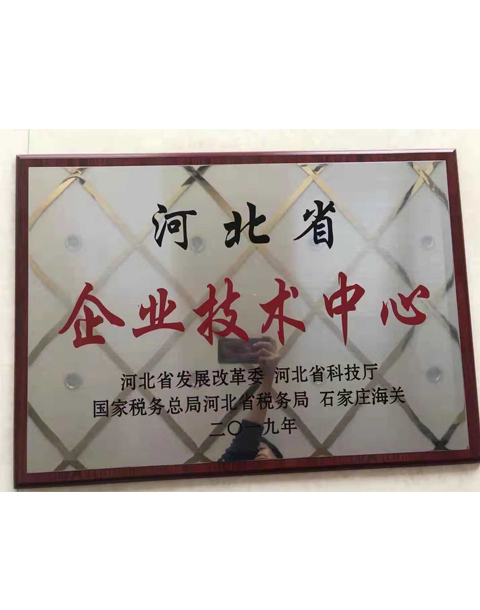rear end yoke seal
Understanding Rear End Yoke Seals Importance and Maintenance
The rear end yoke seal is an often-overlooked yet crucial component of a vehicle's drivetrain. Situated at the rear of the differential, the yoke seal serves as a protective barrier that prevents lubricating fluid from leaking out while keeping contaminants like dirt and dust from getting in. Understanding the role and maintenance of rear end yoke seals can prolong your vehicle's life and enhance its performance.
What is a Rear End Yoke Seal?
A yoke seal is part of the drive axle assembly that is located between the differential and the drive shaft. This seal plays a key role in ensuring that the gear oil, which lubricates the differential gears and bearings, remains contained within the housing. The yoke itself is connected to the drive shaft, which transmits power from the engine to the wheels. The yoke seal is typically made from durable rubber or polyurethane, materials designed to withstand the high pressures and temperatures that can occur in this critical area of the drivetrain.
Importance of the Rear End Yoke Seal
The primary function of the rear end yoke seal is to prevent fluid leaks. A compromised seal can lead to significant issues, including
1. Fluid Loss If the seal wears out or is damaged, it can allow lubricant to escape. Low fluid levels can cause overheating and inadequate lubrication of the differential, which may lead to catastrophic failure.
2. Contaminant Ingress A damaged seal can also allow dirt, debris, and moisture to enter the differential housing. Contaminants can severely affect the performance and longevity of the gears and bearings, resulting in increased wear and tear.
3. Increased Maintenance Costs Failure to address a leaking yoke seal can lead to more extensive damage, requiring costly repairs or even complete differential replacement.
Signs of a Worn Yoke Seal
It’s crucial for vehicle owners to be attentive to signs of a failing yoke seal, which include
rear end yoke seal

- Fluid Puddles If you notice oil spots under your vehicle, it could be an indication that the yoke seal is leaking. - Unusual Noises Grinding or whirring sounds when driving can signal that differential components are not adequately lubricated due to fluid loss.
- Vibration A noticeable vibration while driving might indicate an imbalance caused by fluid deficiency or damage in the drivetrain.
Maintenance and Replacement
Maintaining a rear end yoke seal typically involves regular inspections during routine maintenance intervals. This means checking for signs of fluid leaks and ensuring that the differential oil is at the proper level. If you suspect that your yoke seal is compromised, it is essential to address the issue promptly.
Replacing a yoke seal can be a straightforward process for those with mechanical skills. The steps generally include
1. Raise the Vehicle Safely elevate the vehicle using jack stands.
2. Remove the Drive Shaft Detach the drive shaft from the yoke, ensuring that you mark its position for reinstallation.
3. Replace the Seal Use a seal puller to remove the old seal, clean the mounting surface, and install the new seal carefully to avoid damage.
4. Reassemble and Test Reattach the drive shaft and lower the vehicle. Test drive to ensure there are no leaks.
Conclusion
The rear end yoke seal is a small yet significant component that plays an essential role in the effectiveness of your vehicle’s drivetrain. Regular maintenance checks can prevent minor issues from escalating into major repairs, saving you time and money in the long run. By understanding the function and maintenance of rear end yoke seals, vehicle owners can ensure their drivetrains operate smoothly and efficiently, leading to a safer driving experience.
-
Simplifying Oil Changes: A Comprehensive Guide to Oil Drain Plugs and Their Variants
News Aug.04,2025
-
Mastering Oil Drain Maintenance: Solutions for Stripped, Worn, and Upgraded Oil Plugs
News Aug.04,2025
-
Fixing Oil Pan Plug Issues: Leaks, Stripped Nuts, and the Right Replacement Solutions
News Aug.04,2025
-
Everything You Need to Know About Oil Drain Plugs: Sizes, Fixes, and Upgrades
News Aug.04,2025
-
Choosing the Right Oil Drain Plug: A Guide to Sizes, Materials, and Drain Innovations
News Aug.04,2025
-
A Complete Guide to Automotive Drain Plugs: Types, Problems, and Innovative Solutions
News Aug.04,2025
-
The Ultimate Guide to Car Repair Kits: Tools and Essentials Every Driver Should Own
News Aug.01,2025
Products categories















